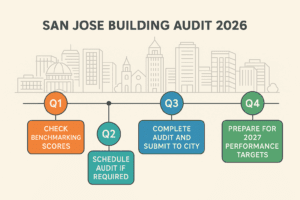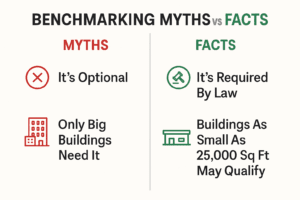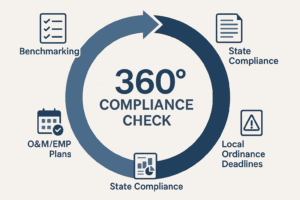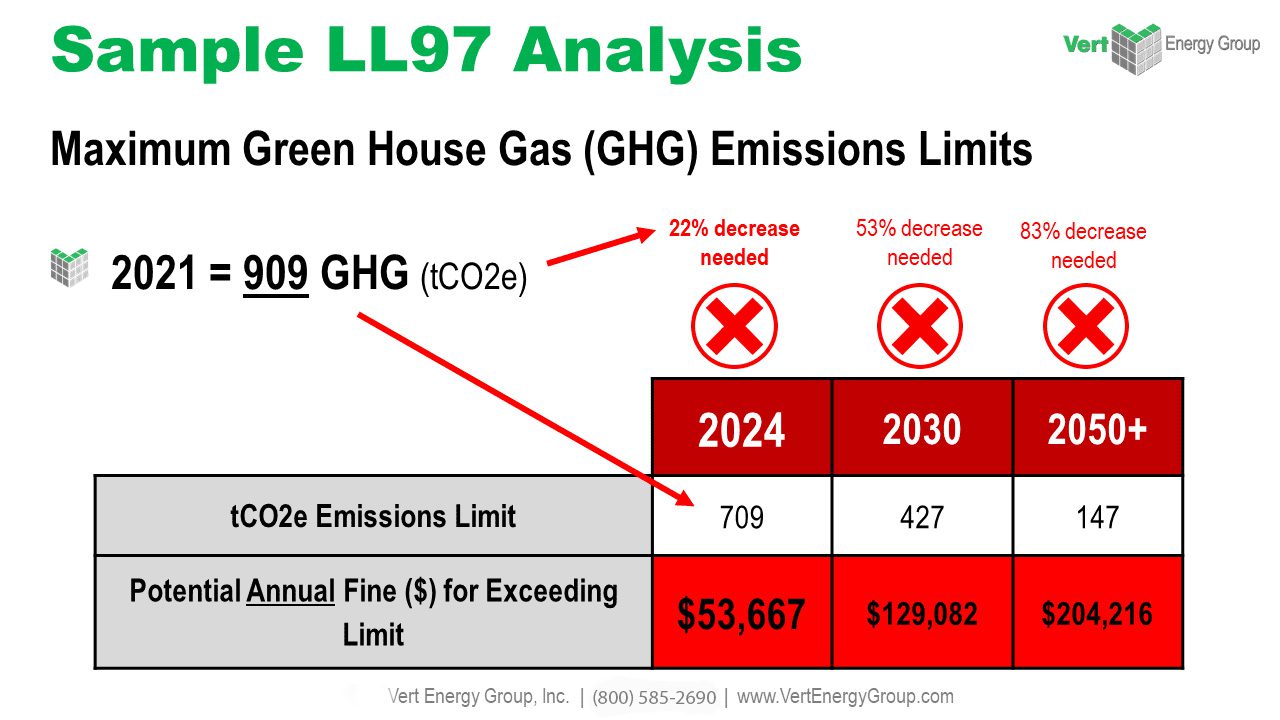In the intricate and evolving world of property management, energy benchmarking has become a pivotal part of understanding and enhancing property performance. Despite its significance, numerous myths and misconceptions cloud the reality of energy benchmarking, leading to hesitation and non-compliance among property owners and managers. This article aims to debunk the most common myths about “energy benchmarking myths,” clarify “compliance misconceptions,” and specify the realities about “energy reporting deadlines.” Our goal is to clear up confusion, demystify the process, and motivate property owners to engage with energy benchmarking more proactively and informedly.
Myth 1: Energy Benchmarking is Only for Large Properties
Reality:
The assumption that energy benchmarking is designed exclusively for large commercial buildings is outdated. While initial regulations primarily targeted large commercial entities, evolving standards have expanded to include smaller commercial properties and even residential buildings. This change reflects a broader commitment to environmental responsibility and energy efficiency across all property sizes.
Regardless of the size, energy benchmarking can be an invaluable tool for any property owner. It provides a detailed insight into where energy is being used—or wasted. This, in turn, helps in making informed decisions about upgrades and management practices that can lead to cost savings and enhanced building performance.
Local regulations vary, and staying informed is crucial. For specific requirements applicable to your properties, visiting local government websites or resources like NYC’s Energy Benchmarking Guide can provide the necessary guidance and clarify whether your property falls under current benchmarking mandates.
Myth 2: Energy Benchmarking is Too Expensive
Reality:
Concerns about the cost of energy benchmarking are common, especially among smaller property owners who fear hefty expenditures on new systems and professional fees. While there is some validity to concerns about initial costs, the broader perspective reveals a different story.
The process of energy benchmarking can often uncover inefficiencies that, once addressed, lead to significant reductions in energy usage and utility bills. The initial investment in an energy audit or in hiring a professional to compile and analyze data can generate savings that far exceed the original cost over time. Moreover, governments and energy agencies frequently offer subsidies, tax breaks, and other financial incentives to mitigate these initial expenses.
For discovering what financial assistance might be available to you, websites such as the Database of State Incentives for Renewables & Efficiency can be extremely helpful. They provide a searchable database of various incentives across different regions that can help offset the costs associated with energy benchmarking.
Myth 3: Benchmarking Results Don’t Lead to Real Savings
Reality:
Some property owners dismiss the results of energy benchmarking as too theoretical to effect real-world change. However, data collected and analyzed through benchmarking provides concrete insights into energy consumption patterns and inefficiencies. For instance, benchmarking may reveal that a building’s HVAC system consumes an unusually high amount of energy, indicating the need for maintenance or upgrades.
Implementing changes based on benchmarking results can lead to substantial energy savings. Real-world cases, like those found in Energy Star’s case studies, demonstrate how different properties have effectively reduced their energy costs and environmental impact through diligent benchmarking and subsequent improvements.
Myth 4: The Process is Complicated and Time-Consuming
Reality:
While energy benchmarking does involve a detailed collection and analysis of data, advances in technology and support systems have greatly simplified the process. Tools like the U.S. Environmental Protection Agency’s ENERGY STAR Portfolio Manager are designed to be user-friendly, guiding users step-by-step through the data entry and analysis process.
Furthermore, many local governments and energy agencies provide workshops, tutorials, and direct assistance programs to help property owners understand and manage the benchmarking process. These resources are aimed at reducing the perceived complexity and time commitment associated with energy benchmarking.
Myth 5: Once Compliant, No Further Action is Required
Reality:
Achieving compliance with initial benchmarking standards is an excellent start, but it doesn’t mean the work is done. Energy standards and environmental regulations are continuously evolving to incorporate new technologies and address emerging sustainability challenges. Regular reassessment and updates to your energy management practices are necessary to not only maintain compliance but to ensure continued operational efficiency and cost-effectiveness.
Staying updated with the latest regulations and technologies is crucial. Regular visits to educational and regulatory websites like the U.S. Department of Energy’s website can provide updates on new standards and best practices in energy efficiency.
Conclusion
Clarifying these myths and understanding the realities of energy benchmarking is vital for property owners and managers. Armed with correct information and proactive engagement, energy benchmarking can transform from a regulatory requirement into a tool for enhanced efficiency and profitability. This not only benefits individual properties but contributes to broader environmental goals, aligning business practices with sustainable development.
VertPro.com serves as a resourceful platform for property owners and managers seeking to enhance their buildings’ energy efficiency. The site offers a range of services, including Commercial Energy Audits, Benchmark Compliance consultancy, and a Construction Marketplace. At the heart of VertPro® is a suite of SaaS technology-based solutions designed to assist in navigating the complexities of Energy Benchmarking and Energy Audits/RCx Plus, while ensuring adherence to over 60 Energy Benchmarking and Energy Efficiency Laws across the country.
For those looking to improve their property’s energy usage and operational value, VertPro.com provides a diverse array of tools and information. The site aims to facilitate a better understanding of energy efficiency practices and legislation, helping building owners and property managers make informed decisions about their energy strategies while complying with all energy ordinances and laws.
